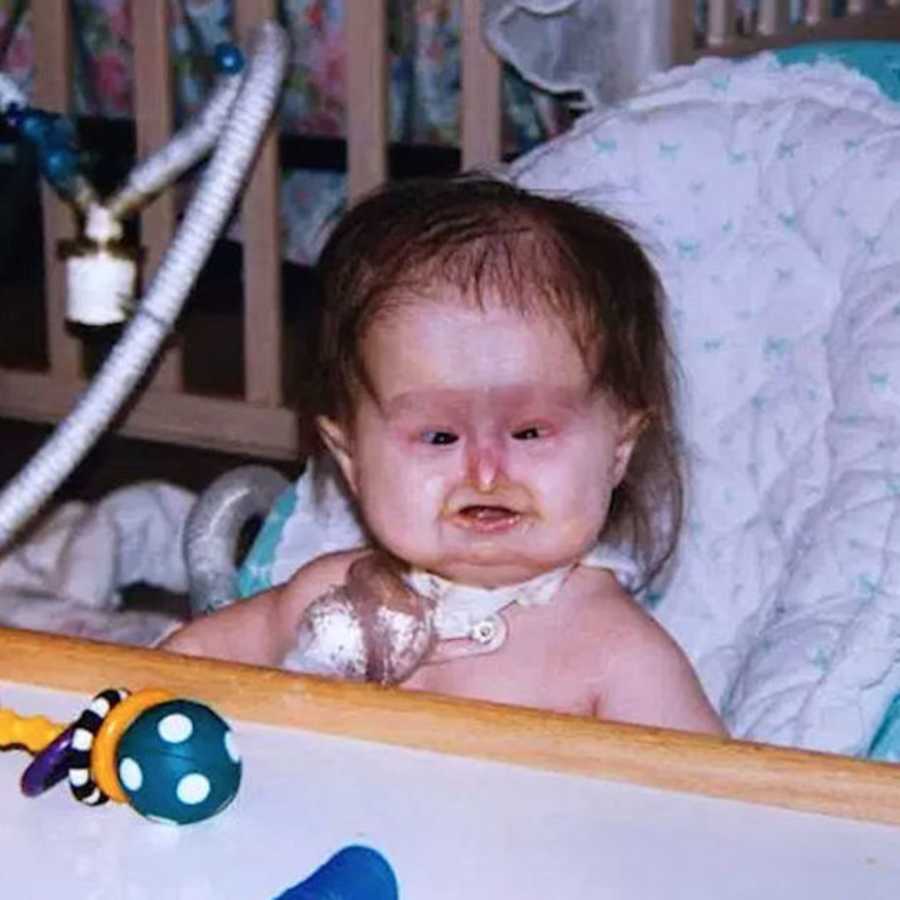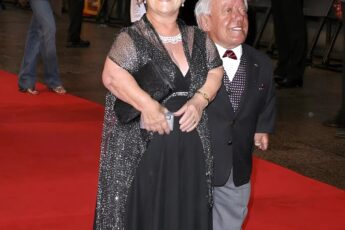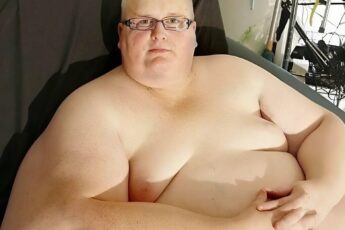The image of a young woman with a body measurement of 99-63-91, standing at about 1.68 meters tall, often sparks assumptions about health, beauty, and fertility. There’s this lingering idea that certain physical qualities might tell us something about a woman’s reproductive potential, especially when society emphasizes youth and productivity. But in reality, the truth is far more complex. A woman’s fertility is influenced by a multitude of factors, and her physical appearance—like these statistics or even her body size—plays only a minor role in the bigger picture of her reproductive health.
It’s true that studies have suggested links between obesity and difficulties in pregnancy, including higher risks of miscarriage and infertility. However, this doesn’t mean that women who are overweight or obese are doomed to struggle with conception. Fertility problems can arise in women of all shapes and sizes, regardless of their weight or body type. Women with a healthy body weight can experience fertility issues, just as women dealing with obesity can conceive without difficulties. It’s a reminder that fertility is a nuanced topic, shaped by genetics, health conditions, lifestyle, and sometimes just plain luck.
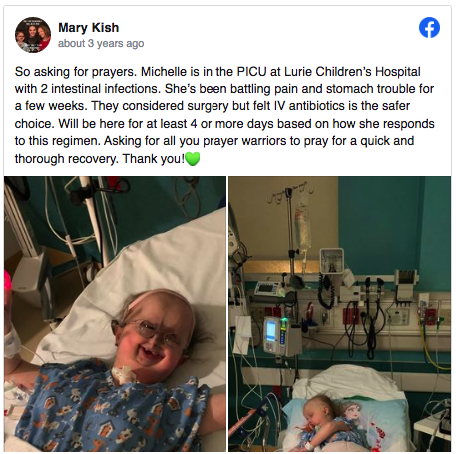
Take Mary’s story, for example. She was young and healthy during her pregnancy, and her delivery was textbook perfect—no complications, no signs of trouble. When her daughter Michelle was born, everything seemed fine initially. Michelle’s birth was smooth, and she appeared to be a healthy, happy baby. But almost immediately, the doctors noticed something unusual about her appearance. Her face was large and innocent-looking, with a nose that resembled a tiny beak, and she was quite balding—it was a stark contrast to what one might expect from a newborn. And that’s when the questions started, the quiet concern that something was different.
The doctors at first weren’t sure what to make of Michelle’s features. They examined her carefully, but because her physical traits were so unusual—and because the condition she appeared to have was so rare—they had to consult medical texts and reach out to specialists at a different hospital. After some research and discussion with a geneticist, they identified the diagnosis: Michelle had Hallermann-Streiff syndrome. This is an extremely rare hereditary disorder, with fewer than 250 known cases documented worldwide. It’s so rare that no one at the hospital had seen a case in person before her.
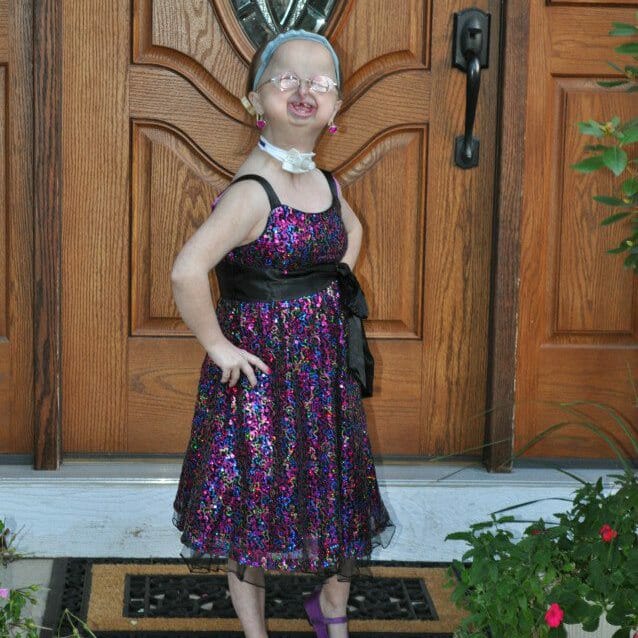
When the diagnosis was finally delivered, Mary’s heart sank. She remembered the moment vividly—her heart felt heavy and a mix of fear and uncertainty washed over her. The thought of caring for a child with a rare genetic disorder, particularly one as complex and little-understood as Hallermann-Streiff, was overwhelming. “I was concerned about how we were going to care for her,” Mary admitted, her voice tinged with a mixture of worry and love. “It’s one in five million, a very rare condition, and I just wanted her to be okay.”
Michelle is a fighter. Despite the challenges that come with her condition, she exhibits 26 of the 28 symptoms associated with Hallermann-Streiff syndrome. The condition impacts her health in many ways—she needs a wheelchair to get around, a respirator to help her breathe, a hearing aid, visual aids, and a medical probe. Her medical journey has involved countless hospital visits, surgeries, and ongoing treatments. Because of her dwarfism and the notable features of her face, Michelle, who is 22 now, might be mistaken for a toddler when she’s out in public, even though she’s much older.
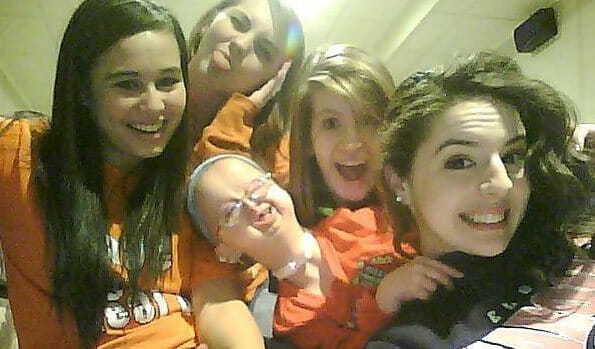
Yet, despite all these challenges, Michelle is vibrant and full of life. She radiates happiness and possesses an intelligence that many find inspiring. I met her recently, and I have to say, she is one of the happiest twenty-somethings I’ve ever encountered. Her cheerful attitude and bright smile are contagious. Her mother, Mary, often speaks about her daughter’s resilience. “She brightens everyone’s day with her happiness,” Mary told me, her face glowing with pride and affection. “She’s aware of her differences, but she refuses to let them define her. She has her dreams just like anyone else.”
Michelle’s dreams are big. She hopes to someday become a doctor—a goal that may seem ambitious, given her health. But her mother believes that Michelle’s determination and intelligence will get her there. She’s also passionate about dating and forming meaningful relationships, and while she jokingly mentions that she doesn’t mind that her boyfriend is taller than her—almost everyone is—she wishes her hair was a bit longer.
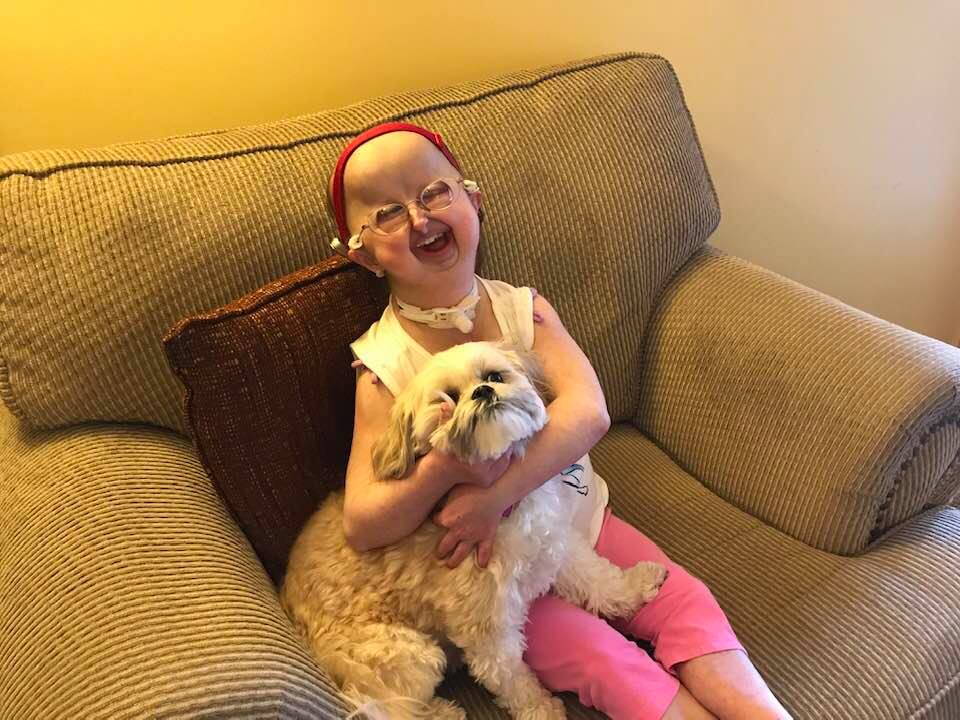
Kindly SHARE this article and send her best wishes!
